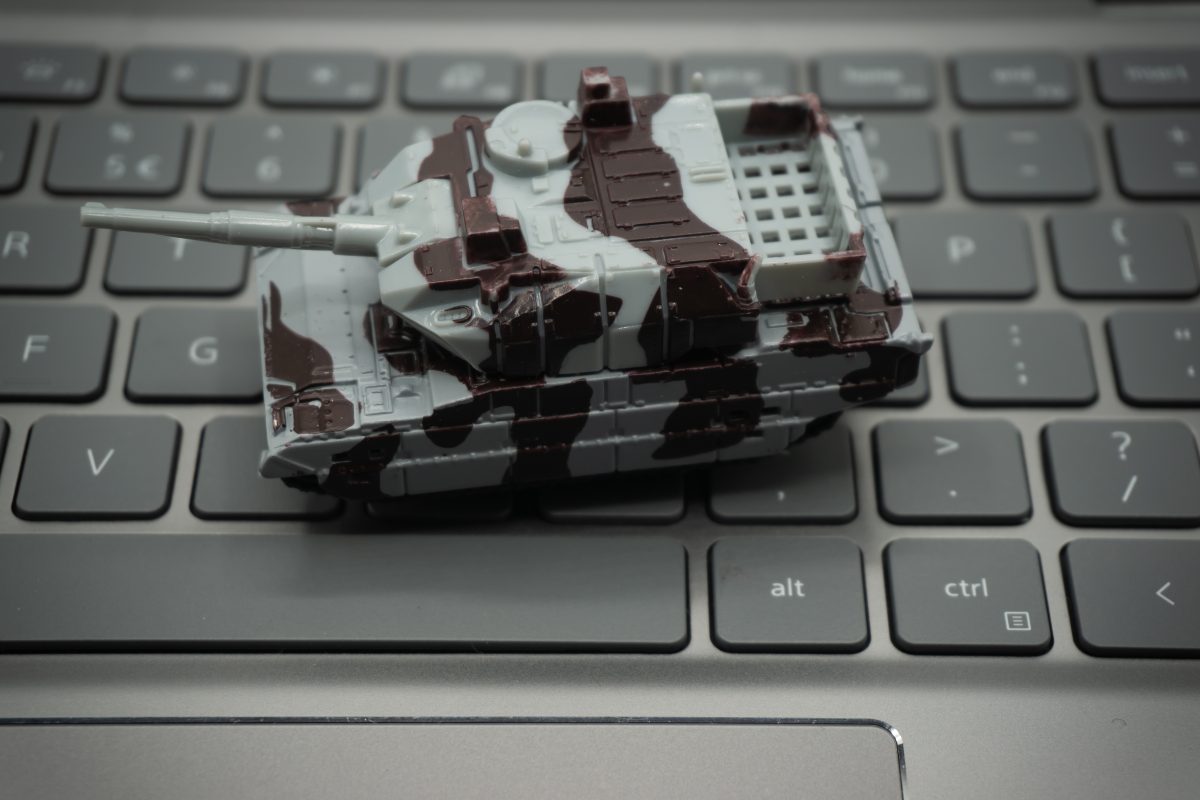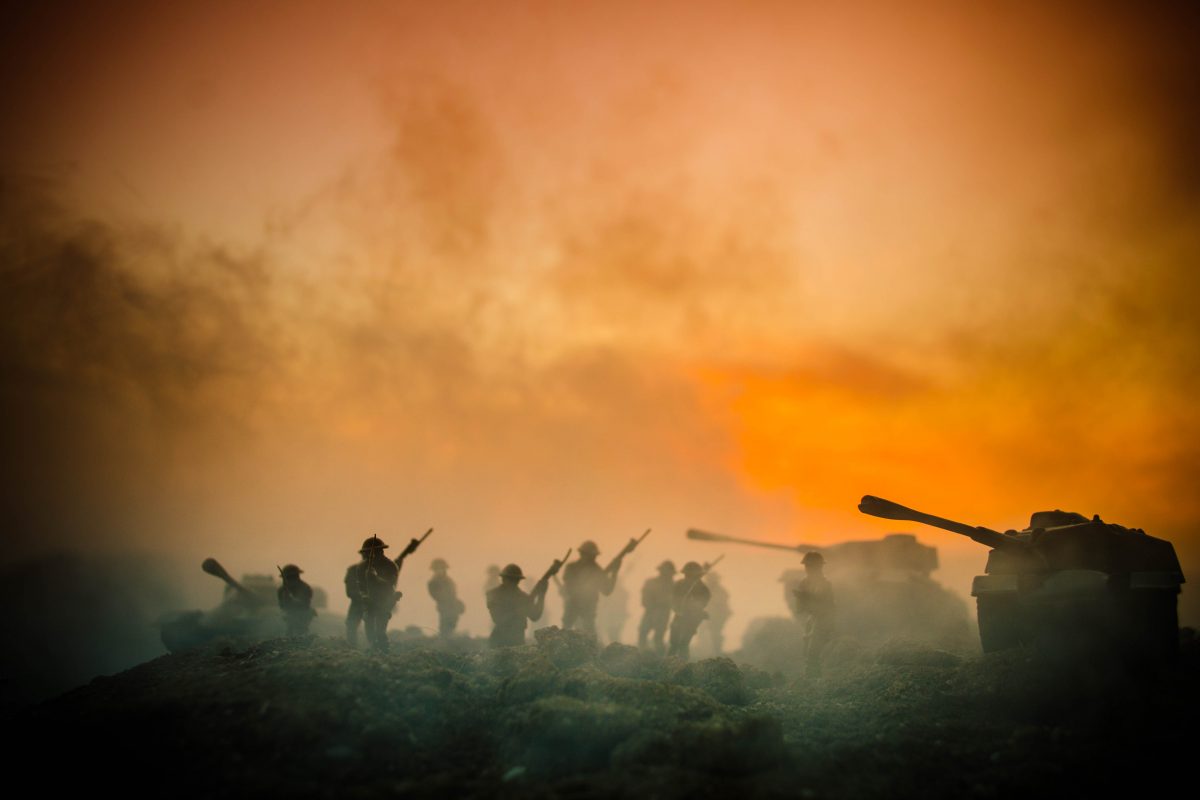China’s official news agency, the Xinhua announced November 3, that its military has developed a highly accurate laser weapon system that can shoot down light drones at low altitude.[1] The machine has a 1.2-mile range and can bring down “various small aircraft” within five seconds of locating its target. This is just the latest development in China’s military ascent and its attempts to modernise its armed forces into a regional power and potentially a global power in the long term. Today, China’s leaders have sustained an ambitious and broad-based military modernisation program intended to transform the People’s Liberation Army (PLA) into a modern force. However, 30 years from when the modernisation programme began, China faces significant hurdles that will need to be overcome if it’s to compete with the likes of the US on a global scale.
China fields the world’s largest armed forces, with a standing army of over 2.2 million personnel. China’s ground forces constitute the largest branch of 1.7 million active personnel – 70% of China’s combined forces. China’s ground forces continue to undergo significant modernisation and re-structuring to deal with potential threats and enhance its land warfare capabilities. However China’s ground forces still faces significant challenges in shifting from internal security to external expansion. China’s army is primarily configured as a domestic security force, which has been a necessity due to the country’s history of internal tensions. Having been designed for internal security, China’s ground forces are doctrinally and logistically disinclined toward offensive operations. Using a force trained for security as a force for offensive operations leads either to defeat or very painful stalemates. The PLA was built to control China, not to project power outwards. Since the 1980s the Chinese have been attempting to transfer internal security responsibilities to the People’s Armed Police, the border forces and other internal security forces that have been expanded and trained to deal with social instability. But despite this restructuring, there remain enormous limitations on China’s ability to project military power on a scale sufficient to challenge the US directly.
China’s air force remains in transition from two decades of modernisation. The sheer size of China’s geography requires a large fleet of modern fighters, bombers and significant airlift capability. China has focussed on reducing the size of its air force and focusing on quality and capability. China’s fleet consists of both older aircraft fielded in the 1980s, and newer designs introduced in the 1990s and later. The thousands of J-6 fighters that once made up the fighter fleet have been retired. The current inventory is composed primarily of third and fourth generation fighter jets. Since the late 1990s, China has begun producing progressively more-advanced aircraft in a strategy to replace its ageing fleet with indigenously developed platforms. This has seen China develop the Chengdu J-20, which is a purported stealth fifth-generation fighter aircraft. For the moment China lacks the long range and air lift capability needed for a nation the size of China. The bombers that China produces are medium bombers that are based on 1950s-era Soviet designs. The main reason why China does not produce heavy bombers or jet transports is because it has been unable to produce an indigenous jet engine. Turbojets lack the power and fuel efficiency needed to propel large aircraft over long distances. No Chinese-produced engine has yet been accepted for installation on a long range and heavy plane.
Since the late 1980s, China has been seeking to develop a ‘blue water’ navy force capable of operating in the regions beyond its offshore waters. The modernisation of its navy has become all the more important as China relies on the sea lines of communications (SLOC) to secure the country’s global network of energy resources and trading activities. China’s Shipbuilding Industry comprises over 1,200 shipyards that produce a wide range of vessel sizes. During the 1980’s China modified first-generation, Soviet-designed vessels using newer naval technologies and then built second and third generation ships based on indigenous designs whilst incorporating mainly foreign weapon systems. This led to the development of the Jianghu-class frigates. Although China is designing and building increasingly sophisticated warships, Chinese naval shipbuilders still need to import key components or modules, such as propulsion systems, navigation and sensor suites, and major weapon systems, to outfit these vessels. Such a reliance on imported subsystems creates systems-integration challenges, as well as security concerns stemming from dependence on foreign suppliers.
China is recognized as having one of the most advanced cyberwarfare capabilities in the world. An untold number of intrusions and attacks on military, government and corporate systems have been traced back to mainland China. The Chinese military is in the midst of a C4ISR revolution (command, control, communications, computers, and intelligence), characterized by the wholesale shift to digital, secure communications via fibre-optic cable, satellite, microwave, and encrypted high-frequency radio. Information technology is now universally recognized as the core of future warfare, sometimes labelled the Revolution in Military Affairs (RMA). China quantitatively and qualitatively lags behind the US and Russia and whilst rapid advances are being made China remains a number of generations away from a military capability that can go beyond its region. China still maintains a reliance on Russian weapons systems and still cannot make reliable engines. In light of its generational deficiencies cyber warfare provides China with an asymmetric advantage to deter aggression from stronger military powers as they catch up in traditional military capabilities.
Today, Mao’s military doctrine of ‘human wave attacks’ – having more soldiers than your enemy has bullets was replaced with a relatively smaller armed force emphasizing new technologies. Recognising the need to reform China been undergoing a Revolution in Military Affairs (RMA), which emphases a C4ISR communications. China has made significant progress in modernising its armed forces but the balance of military power between the US and China is still predominantly in favour of the US. Unless the US develops a whole new generation of weapon systems, in the next decade this lead will in military terms become insignificant, as the technology gap will not be sufficient to negate tactics and numerical superiority. Whilst China aims to shift to more modern platforms across its forces its armed forces still largely use obsolete platforms and the pace of change will mean China is some way off from having the bulk of its forces using modern platforms. Using older platforms means more maintenance and the likelihood of breakdowns.




